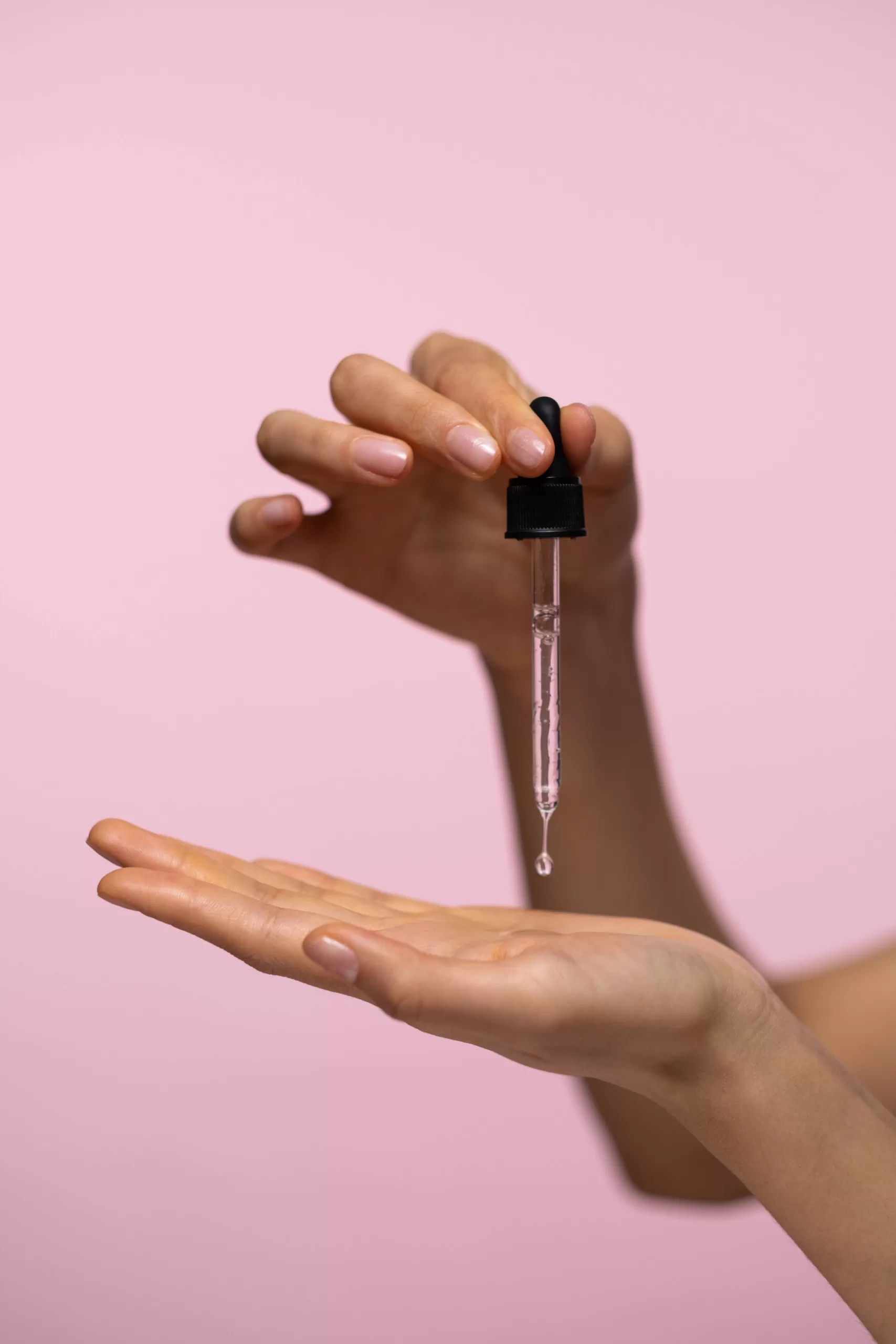Today, we’re reviewing a skincare marvel – retinol. But did you know that not all retinol is the same? It comes in various forms, each with unique properties and benefits. So, let’s dive into the retinol realm, uncover the different retinol forms, and explore some products for each one.
Retinol:
This is the most common form of vitamin A and is well-tolerated by most skin types. Retinol is a powerhouse in combating signs of aging, improving skin texture, and reducing hyperpigmentation.
- Paula’s Choice 1% Retinol Treatment: Combines retinol with antioxidants and peptides for a skin-smoothing and firming effect.
- SkinMedica Age Defense Retinol Complex: Available in various concentrations and packed with antioxidant-rich ingredients.
- Shani Darden Retinol Reform: Recommended for sensitive skin.
Retinyl Palmitate:
This is the ester of retinol, a combination of pure retinol and palmitic acid. It’s less potent than retinol, making it an excellent option for sensitive skin users.
- Mele Even Dark Spot Control Serum: Contains pro-retinol and is designed for melanin-rich skin.
- The Ordinary Retinol 0.5% in Squalane: Affordable and effective for dry skin.
- Murad Perfecting Day Cream SPF 30: Offers a gentle retinyl palmitate dose and sun protection.
Retinaldehyde:
A step up from retinol in terms of potency, retinaldehyde is less irritating than retinoic acid but more potent than retinol, striking a good balance for those who need a bit more punch in their skincare without the typical side effects.
- Naturium Retinaldehyde Cream Serum: Available in 0.05% and 0.10% formulas.
- Medik8 Crystal Retinal 1: Known for its innovative encapsulated retinaldehyde formula, it offers fast results with minimal irritation.
- Avène RetrinAL 0.1 Intensive Cream: Uses retinaldehyde to combat aging and improve skin texture, plus it’s gentle enough for sensitive skin.
Adapalene:
Previously available only via prescription, adapalene is a potent synthetic form of retinoid. It’s especially effective for acne-prone skin.
- Differin Gel: The first OTC product containing adapalene, it’s a favorite for treating acne.
- La Roche-Posay Effaclar Adapalene Gel 0.1%: Known for its gentle formula, it’s suitable for sensitive skin types.
Tretinoin:
Tretinoin, also known as retinoic acid, is the active form of retinoid and is often used in prescription treatments. It’s the most potent over-the-counter retinol form and is excellent for severe acne and advanced signs of aging.
Due to its potency, tretinoin is only available by prescription. It’s always best to consult a dermatologist to see if a tretinoin treatment suits your skin.
Introducing any Retinol to Your Skincare Routine:
As potent as retinol and its variants can be, they also require careful handling. If you’re ready to bring retinol into your skincare regimen, here are some essential steps to ensure a smooth transition:
1. Start Slow:
Retinol can be potent if your skin isn’t used to it. Begin with a lower concentration and apply it 1-2 times a week, then gradually increase usage as your skin builds tolerance.
2. Pair with Moisturizer:
Retinol can be drying. To mitigate this, apply a moisturizer after your retinol product to help lock in hydration. Look for moisturizers with calming ingredients like ceramides, hyaluronic acid, and niacinamide.
3. Night-time is Best:
Retinol breaks down in sunlight, which is most effective at night. Plus, your skin does most of its healing while you sleep, so it’s the perfect time to let retinol do its work.
4. Patience is Key:
It takes time to see the effects of retinol on your skin – typically around 12 weeks. So be patient and don’t rush the process by applying more than recommended.
5. Use Sun Protection:
Retinol can increase your skin’s sensitivity to the sun. Make sure to apply a broad-spectrum sunscreen of at least SPF 30 every day, even if it’s cloudy outside. Sun protection is crucial to prevent damage and allow retinol to do its job effectively.
6. Seek Professional Advice:
If you need help integrating retinol into your skincare routine, it’s always a good idea to consult a dermatologist. They can provide personalized advice based on your skin type and concerns.
Remember, everyone’s skin is different. It’s all about finding what works best for you. Happy skincare journey!
Check out The Magic of Retinol: Why It’s a Game Changer in Women’s Skincare.







![🍂✨ It’s Time for Thanksgiving Reflections! ✨🍂
Hey everyone!
Today, I’m inviting you to join a very special journey on my blog - “A Thanksgiving to Remember: Embracing the Bittersweet Beauty of Change.” This year, Thanksgiving is more than just a holiday; it’s a reflection on life’s fleeting moments, the ‘lasts’ that sneak up on us, and the joy of new beginnings.
👩👧👦 Whether it’s the nostalgia of past Thanksgivings, the thrill of new traditions, or the bittersweet feeling of an empty chair at the table, we all have stories that make this time of year unique.
➡️ Read the full post [Link in Bio and Story] and let’s share the warmth and wisdom this season brings.
📲 I would love to hear from you – your traditions, memories, and what Thanksgiving means to you. Let’s make this Thanksgiving one for the books!
#ThanksgivingMemories #ShareYourThanksgiving #FamilyTraditions #BlogPost #HeartfeltStories #KidsGrowUp #HolidayAfterLoss](https://hearthandhighlight.com/wp-content/plugins/instagram-feed-pro/img/placeholder.png)